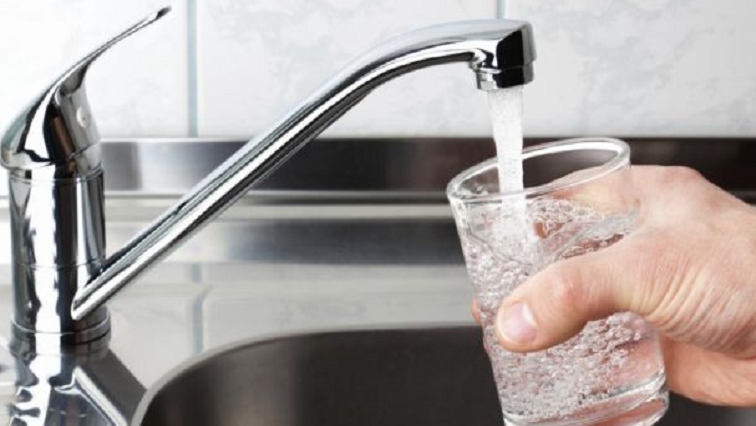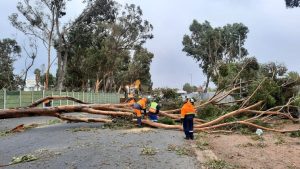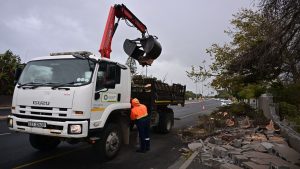The City of Cape Town will be making use of water reclamation, or reuse, in the near future as part of its resilience programme. Five years ago, the Western Cape experienced the worst drought in living memory.
Cape Town faced the threat of becoming the first major city in the world to run out of drinking water. To this end, a New Water Programme and strategy was developed and are now edging towards implementation.
Across the world, water will become scarcer as the impact of climate change brings about disruption of weather patterns. South Africa is particularly vulnerable. In 2018, efforts were made to reach the last 10 percent of water left in the largest dam, Theewaterskloof.
Day Zero loomed and residents were preparing for the taps to run dry. Currently, dams are at brimming capacity. But to mitigate future risks, the City of Cape Town will spend R10 billion over the next three years on water and sanitation infrastructure. A major component will be the re-use of water through a dedicated plant that will clean used water.
“We will add 300 million litres of water per day to our city’s supply. To give you an idea that’s about 25 percent of our maximum use so it’s a significant portion of our water and that will protect our city. The whole point here is to build the concept of resilience, we don’t have to be vulnerable in the future to what Perth is experienced. Perth is the lesson here for us all. They’ve had a 40 percent reduction in rainfall. Not just for a year or two years or even three years, but for 20 years the rain has simply not come back. And we really do believe there is a risk for that in South Africa and in Cape Town particular. And we want to prepare for that now,” says Geordin Hill-Lewis, Cape Town mayor.
The city is hosting mayors from around the world for a water re-use conversation. Lessons are taken from countries like Namibia that have successfully been making use of reclaimed water for more than 50 years. Born out of necessity, work started in Windhoek half a century ago to ensure water supply.
“We at the moment roughly supply 25 percent of the drinking water demand of the City of Windhoek. It ranges between 6.7 to 6.8 million cubic metres a year. In Windhoek, the water is blended so no one will get one source of pure water. It’s important to understand and it will be the same in Cape Town. It’s first the sewage treatment plant, followed by the drinking water production plant and the whole process from flushing the toilet to being back into the drinking water distribution system is maybe four to five days,” says Dr Thomas Honer, Managing Director: Windhoek Zoreangab Water Reclamation Plant.
Similar to plans for Cape Town to reduce its reliance on rain and surface water alone, Perth in Australia also has a water mix of different sources. Its rain patterns have dramatically shifted over the last 40 years. The city advises that public awareness is critical and says children in Australia are educated throughout their school careers about the scarce commodity.
“That education of knowing how vital it is, how important water is for everything we want to do in our community, both in industry but just for our ongoing prosperity, how important it is, it starts at a young age and we know that that education system starting at a young age really does help shape an entire community’s way of thinking about this,” says Basil Zempilas, Mayor of the City of Perth: Western Australia.
Construction is expected to start next year on the reclamation plant, which will be one of the biggest in the world once complete. A testing phase of two years has been completed while a panel of renowned experts is advising the city.
Video: Cape Town accelerates water strategy with cutting-edge water reuse facility






